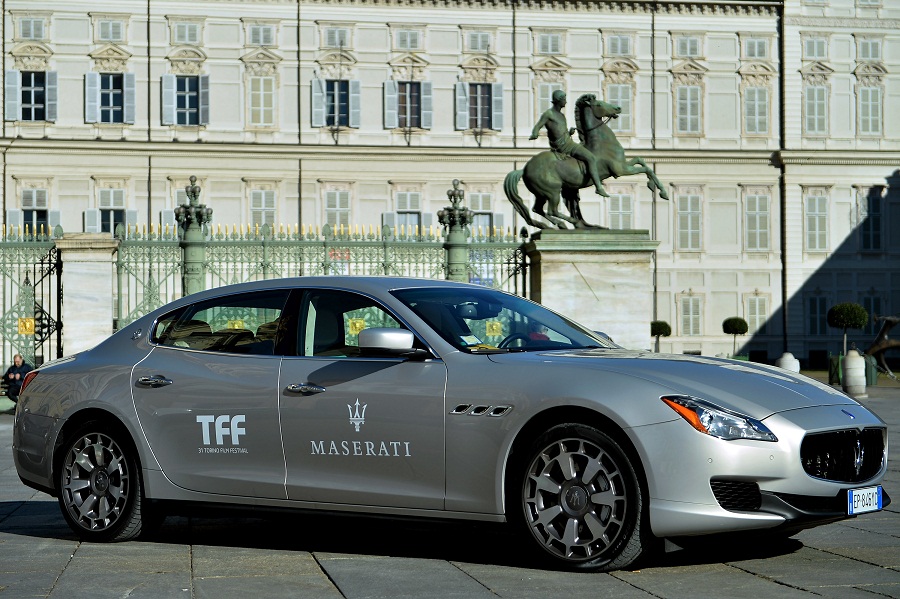2014 is a special year for the Maserati luxury brand. The Italian iconic car maker is indeed celebrating its first centenary. To contribute to marque this special occasion for Made in Italy, it is worth reminding the role Carlo Maserati played in shaping the Maserati brand and planting the seeds that transformed it in the luxury icon it is today.
Everything started in 1907, when Carlo Maserati had the revolutionary idea of converting the electrical system of his racing Bianchi from 6 to 12 Volts. Being a star while racing for Isotta Fraschini, Mr. Maserati was not happy at all when, after moving to Bianchi, his results with the team stopped being impressive.
According to him, his bad performance depended on his car’s ignition system. Consequently, to strengthen engines performances, he successfully converted their electrical systems to run on 12 Volts instead of 6, improving cars reliability, guaranteeing better performance and more continuous power output. There is nothing new in saying that Carlo Maserati proved to have a brilliant mind since he was a kid. Born in Voghera in 1881, he was offered for his first job an engineering position at Affiori, where he developed his first single-cylinder engine for use on bicycles.
At 18 years old, Mr. Maserati decided to focus on his newly started racing career, after achieving his first success already in 1899, when he won the Brescia-Orzinuovi race. The following year he successfully completed the Padua-Bovolenta and Brescia-Cremona-Mantua-Milan events, and with three gold medals out of three competitions disputed, he started being looked as a rising star in bicycle racings.
Mr. Maserati joined Fiat as test driver in 1901, and he moved to Isotta Franceschini in 1903. Four years later he moved to Bianchi, before spending the last few years of his life at Junior. At home, instead, Carlo Maserati has always been working for the same project: developing his own car, which had a wooden chassis and an engine entirely of his own design. Unfortunately, he never succeeded in seeing his prototype on sale, as tuberculosis killed him in 1910. All his ideas and projects passed to his brother Alfieri, who continued along the road that Carlo shaped and that later led to the birth of the Maserati marque.
Follow @castaritaHK

